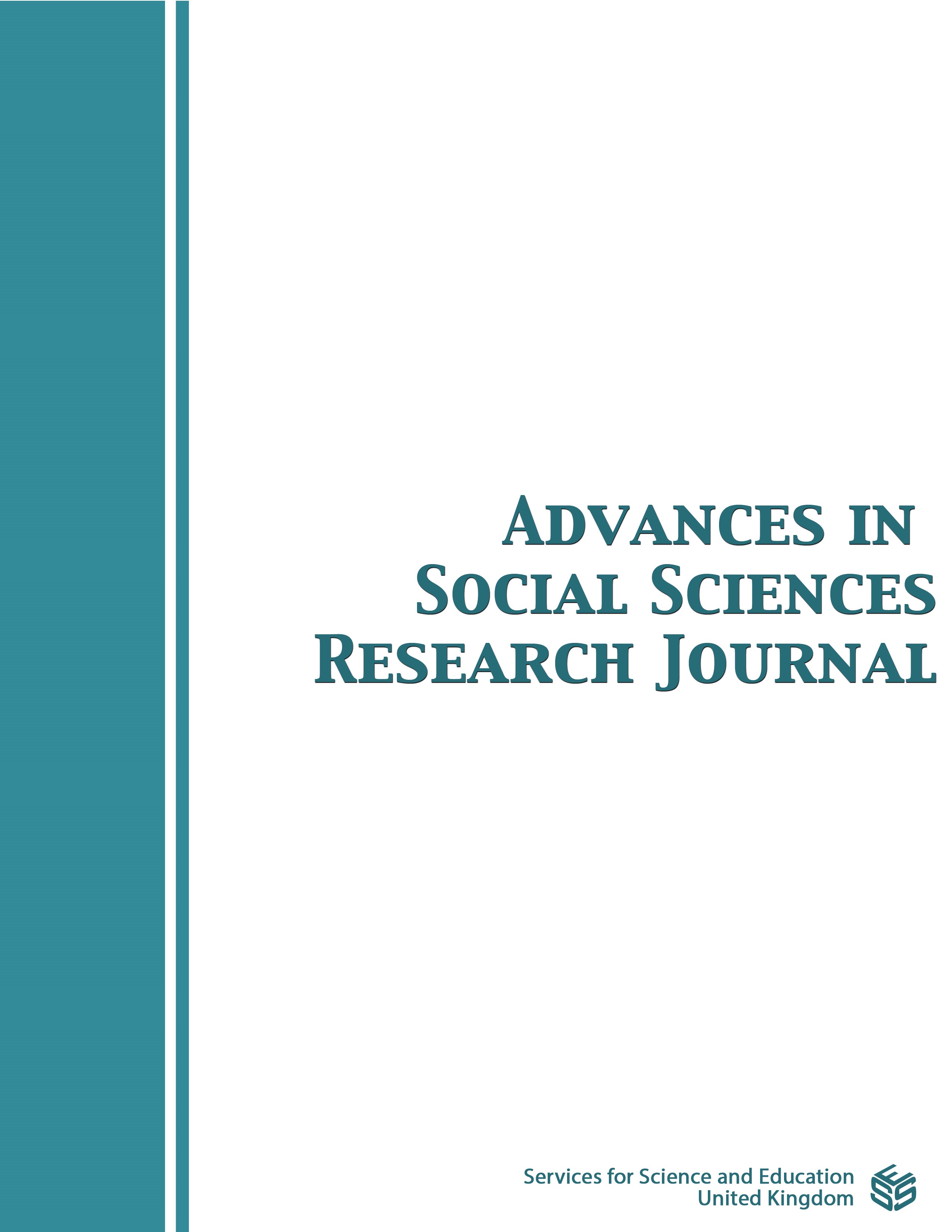Factors Influencing Students' Intention to Use E-learning Systems: A Systematic Literature Review
DOI:
https://doi.org/10.14738/assrj.1204.18627Keywords:
E-learning adoption, Perceived Usefulness, Perceived Ease of UseAbstract
Throughout the years, electronic learning (e-learning) systems have been transforming higher education nationwide and worldwide, particularly in educational institutions. In this context, there is a need for a systematic synthesis of a variety of technological, psychological, and socio-cultural aspects that determine the students’ intention to embrace e-learning. This study conducts a systematic literature review (SLR) using the Technology Acceptance Model (TAM) and its extensions, focusing on key factors such as self-efficacy, subject norms, enjoyment, experience, content quality, and computer anxiety. Additionally, it provides an argument that accessibility is a crucial but relatively less-studied moderator factor influencing e-learning adoption. The findings indicate that while numerous studies address infrastructure-related challenges, there is limited context-specific evidence regarding their impact on e-learning acceptance. This study contributes to the TAM literature and offers practical insights for enhancing digital learning initiatives in educational institutions.
Downloads
Published
How to Cite
Issue
Section
License
Copyright (c) 2025 Raghad Alsubaie, Sya Azmeela Shariff, Syuhaida Ismail, Maslin Masrom

This work is licensed under a Creative Commons Attribution 4.0 International License.
Authors wishing to include figures, tables, or text passages that have already been published elsewhere are required to obtain permission from the copyright owner(s) for both the print and online format and to include evidence that such permission has been granted when submitting their papers. Any material received without such evidence will be assumed to originate from the authors.






